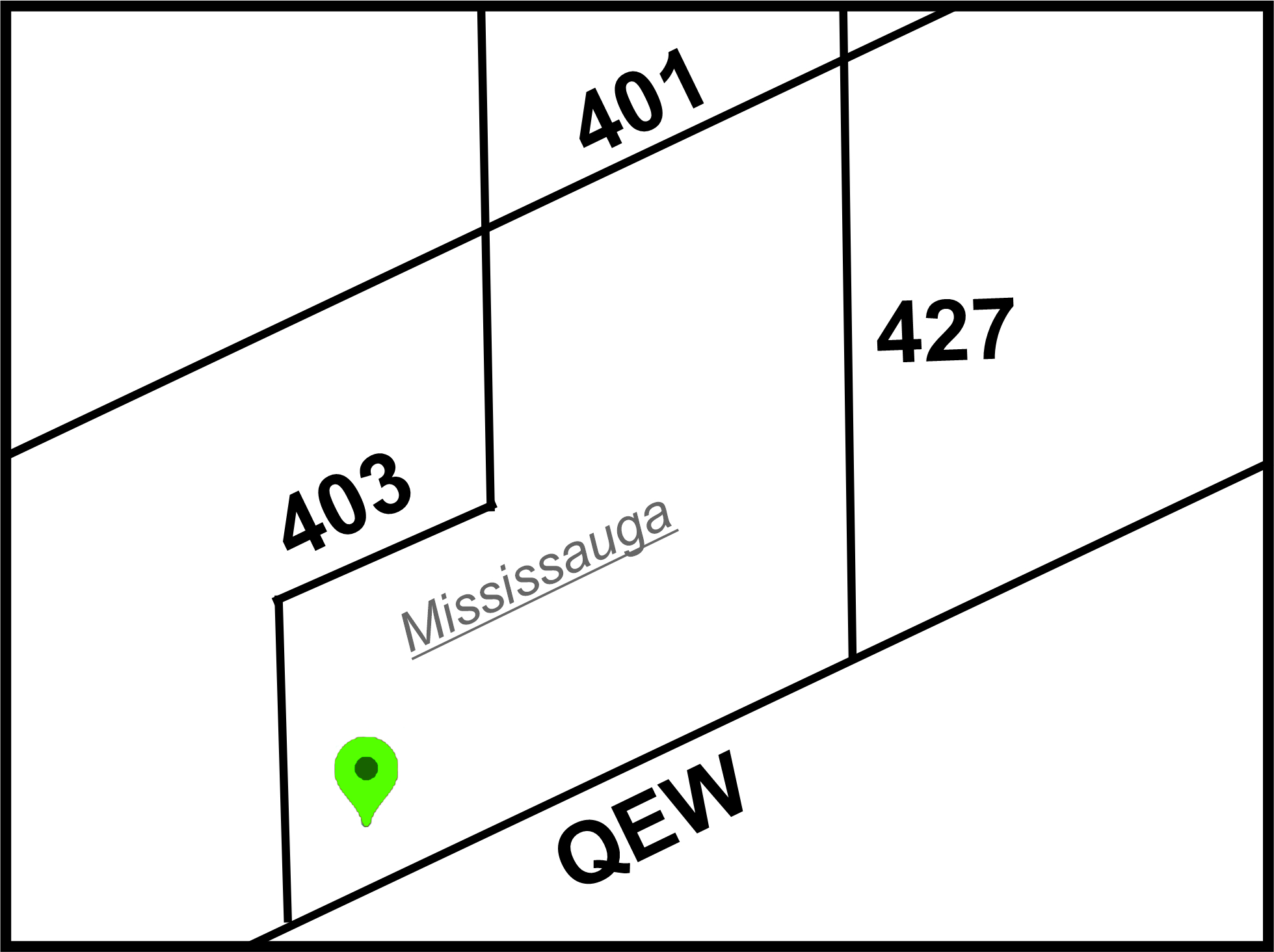Building a mattress involves several processes, from selecting materials to manufacturing and packaging. The specific steps may vary based on the type of mattress (memory foam, innerspring, latex, hybrid, etc.), but here's a general overview of the processes involved in building a mattress:
-
Material Selection: The choice of materials is crucial in determining the mattress's comfort, support, durability, and other features. Common materials include foam (memory foam, polyfoam), springs (coils), latex, fabric, and padding materials.
-
Design and Prototyping: Once the materials are chosen, manufacturers design the mattress, considering factors like layer composition, thickness, firmness levels, and any special features (cooling technology, edge support, etc.). Prototyping helps fine-tune the design before mass production.
-
Cutting and Shaping: The different layers of the mattress are cut and shaped according to the design. This involves cutting foam blocks or sheets, shaping spring coils, and processing latex.
-
Assembly: Depending on the mattress type, the various layers are assembled in a specific order. For instance, memory foam and latex mattresses consist of multiple foam layers stacked for comfort and support, while innerspring mattresses have layers of coils surrounded by padding and fabric.
-
Bonding and Adhering: Layers are bonded together using adhesives or heat. This creates a unified structure and prevents shifting of layers over time.
-
Quilting and Sewing: The mattress cover, usually made of fabric or a combination of materials, is sewn and quilted to hold the layers in place and provide a smooth, comfortable surface.
-
Edge Support and Reinforcement: Innerspring and hybrid mattresses often have additional edge support systems to prevent sagging and provide stability along the mattress edges.
-
Comfort and Support Features: Some mattresses have specialized features like cooling gel layers, memory foam contouring, or zoning (varied support levels across different areas). These features are integrated into the mattress during assembly.
-
Quality Control and Testing: Each mattress undergoes quality control checks to ensure it meets industry standards and the manufacturer's specifications. This might involve checking for defects, proper alignment, and consistent materials.
Overall, building a mattress involves a combination of material science, design, manufacturing processes, and quality control to create a product that meets the desired comfort and performance standards.




 Copyright © 2024 |
Copyright © 2024 |